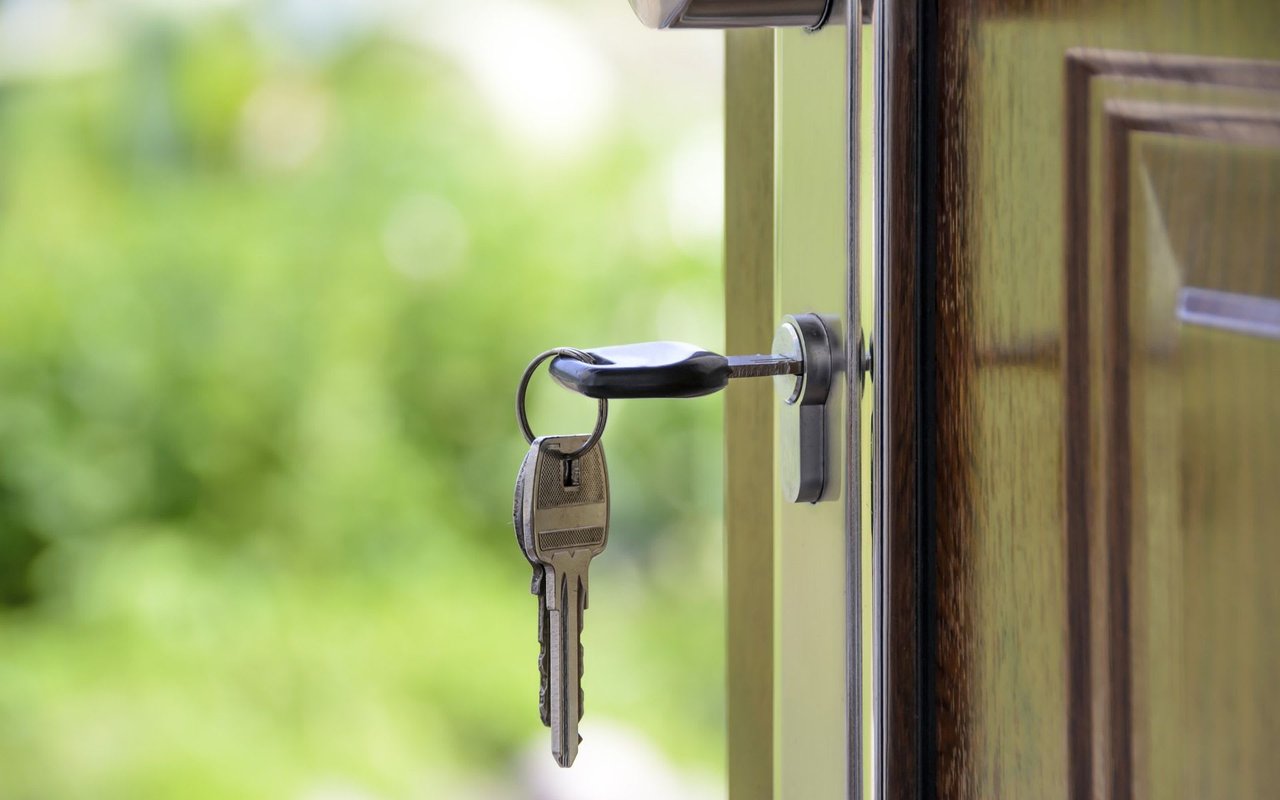Attending an open house is an exciting step in the home-buying process. It allows potential buyers to explore a property and envision themselves living there. However, beyond the initial impressions of layout and decor, there are several crucial aspects you might not know to look for. Paying attention to these details can help you make a more informed decision and avoid potential issues down the line. Here are some of the often-overlooked elements to consider when attending an open house.
Structural Integrity
Foundation and Basement
One of the most critical aspects to inspect is the foundation. Look for any cracks in the walls or floors, which could indicate foundation issues. In the basement, check for signs of water damage, mold, or mildew, as these can signal moisture problems. A damp or musty smell is also a red flag that should not be ignored.
Roof Condition
Examine the roof from the ground or a vantage point. Look for missing shingles, sagging areas, or signs of wear and tear. If possible, ask the homeowner or real estate agent about the age of the roof and any recent repairs. A roof in poor condition can be a costly repair, so it's essential to assess its state carefully.
Plumbing and Water Systems
Water Pressure
Turn on faucets in the kitchen and bathrooms to check the water pressure. Low water pressure could indicate plumbing issues, such as blockages or leaks. Additionally, flush toilets to ensure they are functioning correctly and check for any signs of leaks around the bases.
Water Heater and Pipes
Locate the water heater and inspect its condition. Check for any signs of rust, leaks, or corrosion. Inquire about the age of the water heater and its maintenance history. Also, examine exposed pipes for signs of leaks or corrosion, which could indicate future plumbing problems.
Electrical Systems
Electrical Panel
Inspect the electrical panel for any signs of wear, rust, or outdated components. Ensure the panel is appropriately labeled and appears to be in good condition. Ask the homeowner or agent about the capacity of the electrical system and any recent upgrades, as older systems may not meet current electrical demands.
Outlets and Light Fixtures
Test the outlets and light switches throughout the house to ensure they are functioning correctly. Look for any flickering lights or outlets that do not work, which could indicate wiring issues. Also, check if the outlets are grounded, particularly in older homes.
Windows and Doors
Window Condition
Examine the condition of the windows. Look for signs of condensation between panes, which can indicate seal failure. Test the windows to see if they open and close smoothly and check for any drafts or gaps that could affect energy efficiency.
Door Functionality
Check all doors, including closet and exterior doors, to ensure they open and close properly. Pay attention to any sticking, gaps, or misalignment, which could suggest foundation settling or poor installation. Also, inspect the condition of the door frames and hardware.
Heating and Cooling Systems
HVAC System
Examine the heating, ventilation, and air conditioning (HVAC) system. Ask about the age of the system, its maintenance history, and any recent repairs or upgrades. Look for signs of wear or rust on the units and ensure that the thermostat is functioning correctly.
Insulation and Ventilation
Check the attic and crawl spaces for adequate insulation and ventilation. Proper insulation helps maintain energy efficiency and comfort, while good ventilation prevents moisture buildup and mold growth. Insufficient insulation or ventilation can lead to higher energy bills and potential damage.
Floors and Ceilings
Flooring Condition
Inspect the flooring in each room for signs of wear, damage, or unevenness. Pay attention to any squeaky or sagging areas, which could indicate underlying structural issues. If the home has carpet, check for stains, odors, and overall cleanliness.
Ceiling Condition
Look up at the ceilings for any signs of water damage, cracks, or discoloration. These issues can indicate leaks or structural problems that need further investigation. Also, check for any signs of previous repairs, which may suggest recurring issues.
Exterior and Landscaping
Exterior Walls and Siding
Walk around the exterior of the home and inspect the condition of the walls and siding. Look for any cracks, peeling paint, or signs of damage. Check for proper drainage around the foundation, as poor drainage can lead to water damage and foundation issues.
Landscaping and Grading
Evaluate the landscaping and grading around the property. Ensure that the ground slopes away from the house to prevent water from pooling near the foundation. Look for any overgrown trees or shrubs that may be too close to the house, as they can cause damage or obstruct proper ventilation.
Neighborhood and Location
Noise Levels
Pay attention to the noise levels both inside and outside the home. Consider the proximity to busy roads, airports, or commercial areas that may contribute to noise pollution. Visit the property at different times of the day to get a better sense of the noise environment.
Community Amenities
Explore the surrounding neighborhood and consider the proximity to schools, parks, shopping centers, and public transportation. Assess the overall vibe of the community and ensure it aligns with your lifestyle and preferences. A desirable location can significantly enhance your quality of life and the long-term value of your investment.
Additional Considerations
Storage Space
Evaluate the available storage space in the home, including closets, cabinets, and garage areas. Adequate storage is essential for maintaining an organized and clutter-free living environment. Ensure that the storage solutions meet your needs and can accommodate your belongings.
Potential for Expansion or Renovation
Consider the potential for future expansion or renovation. Assess the layout and structure of the home to determine if it can accommodate your long-term needs and any planned modifications. Verify any zoning restrictions or homeowners association rules that may impact your renovation plans.
Attending an open house with a keen eye for detail can help you uncover potential issues and make a more informed decision. By looking beyond the surface and considering these often-overlooked aspects, you can ensure that your future home meets your needs and expectations.
For personalized assistance and expert advice on finding homes for sale in Capitol Hill, reach out to The Rutstein Group. Their extensive knowledge of the local Capitol Hill real estate market and commitment to client satisfaction can help you navigate the home-buying process with confidence and success.
Attending an open house with a keen eye for detail can help you uncover potential issues and make a more informed decision. By looking beyond the surface and considering these often-overlooked aspects, you can ensure that your future home meets your needs and expectations.
For personalized assistance and expert advice on finding homes for sale in Capitol Hill, reach out to The Rutstein Group. Their extensive knowledge of the local Capitol Hill real estate market and commitment to client satisfaction can help you navigate the home-buying process with confidence and success.









